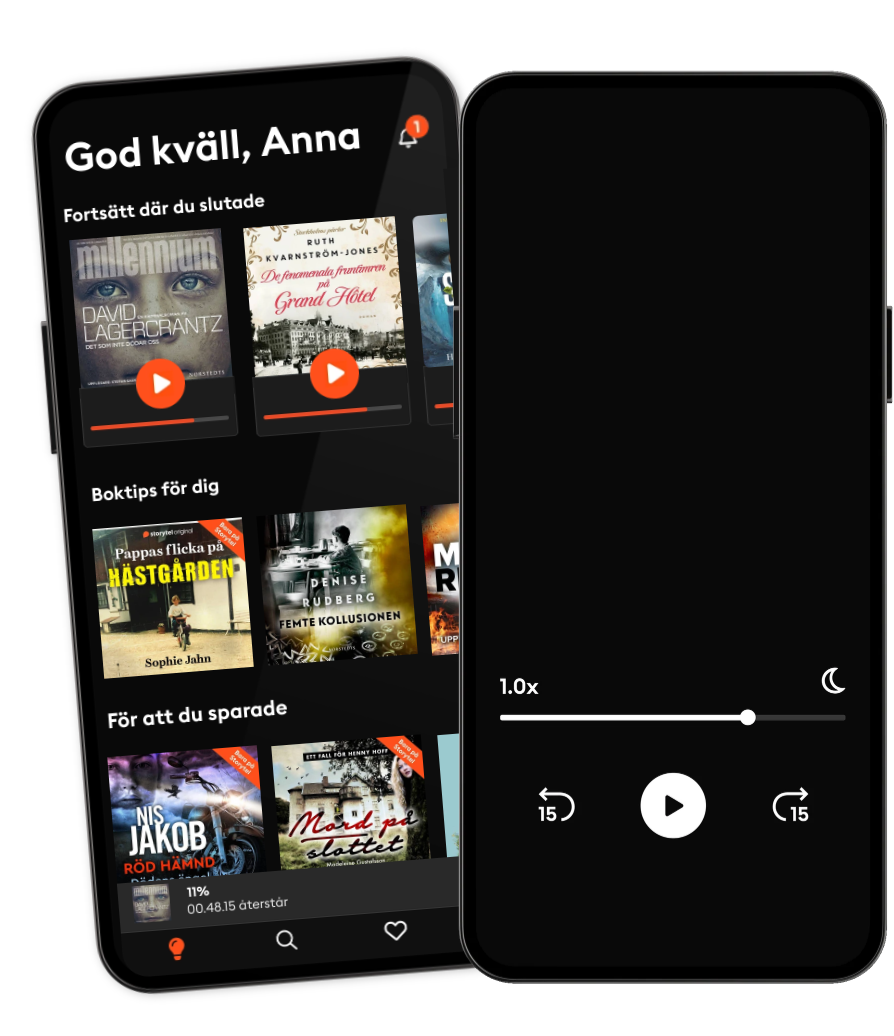Lyssna när som helst, var som helst
Kliv in i en oändlig värld av stories
- 1 miljon stories
- Hundratals nya stories varje vecka
- Få tillgång till exklusivt innehåll
- Avsluta när du vill
History of Ideas 9: Joan Didion
- Av
- Med
- Förlag
- Längd
- 50min
- Språk
- Engelska
- Format
- Kategori
Historia
Episode 9 in our series on the great essays is about Joan Didion's 'The White Album' (1979), her haunting, impressionistic account of the fracturing of America in the late 1960s. From Jim Morrison to the Manson murders, Didion offers a series of snapshots of a society coming apart in ways no one seemed to understand. But what was true, what was imagined, and where did the real sickness lie? More on Joan Didion from the LRB archive: Thomas Powers on Didion and California: 'The thing that California taught her to fear most was snakes, especially rattlesnakes...This gets close to Didion's core anxiety: watching for something that could be anywhere, was easily overlooked, could kill you or a child playing in the garden – just like that.' Mary-Kay Wilmers on Didion and memory: 'Reassurance is something Didion doesn't need. She is talking to herself, weighing up the past, going over old stories, keeping herself company. Staging herself.' Martin Amis on Didion's style: 'The Californian emptiness arrives and Miss Didion attempts to evolve a style, or manner, to answer to it. Here comes divorces, breakdowns, suicide bids, spliced-up paragraphs, 40-word chapters and italicised wedges of prose that used to be called "fractured".' Patricia Lockwood on reading Didion now: 'To revisit Slouching Towards Bethlehem or The White Album is to read an old up-to-the-minute relevance renewed. Inside these essays the coming revolution feels neither terrifying nor exhilarating but familiar – if you are a reader of Joan Didion, you have been studying it all your life.' Hosted on Acast. See acast.com/privacy for more information. Learn more about your ad choices. Visit megaphone.fm/adchoices
Utgivningsdatum
Ljudbok: 2 januari 2024
Andra gillade också ...
- The Confidence Trap: A History of Democracy in Crisis from World War I to the Present – Revised Edition: A History of Democracy in Crisis from World War I to the Present - Revised Edition David Runciman
- Introducing Past Present Future David Runciman
- On the Duty of Civil Disobedience Henry David Thoreau
- The Problems with Philosophy Bertrand Russell
- The Friday Afternoon Club: The 'wise, funny and generous' New York Times bestseller Griffin Dunne
- The Feral Detective: A Novel Jonathan Lethem
- After Henry: Essays Joan Didion
- South and West: From A Notebook Joan Didion
- Beyond Good and Evil: Challenging Traditional Morality: A Provocative Exploration of Nietzsche's Philosophy and Ethical Insights Friedrich Wilhelm Nietzsche
- The Nix Nathan Hill
- Långfredagen Sofie Sarenbrant
3.8
- Rök utan eld Dan Buthler
4
- Den sista utposten Mari Jungstedt
4.1
- Syskonfejden Moa Herngren
4.1
- Han ägde mig: En sann berättelse om att överleva en mans våld Leone Milton
4.1
- De fenomenala fruntimren på Grand Hôtel Ruth Kvarnström-Jones
4.5
- Drömmar av brons Camilla Läckberg
3.8
- Hämnden Leffe Grimwalker
4.4
- Kodnamn Ares Mikael Ressem
4.2
- Frälsarkransen Kristina Ohlsson
4.2
- Födelsedagen Sofie Sarenbrant
3.7
- Post mortem Ann-Charlotte Persson
3.9
- Draken Dag Öhrlund
4.1
- Käraste Lena Ninni Schulman
4.2
- Det slutar med oss Colleen Hoover
4.2
Svenska
Sverige
